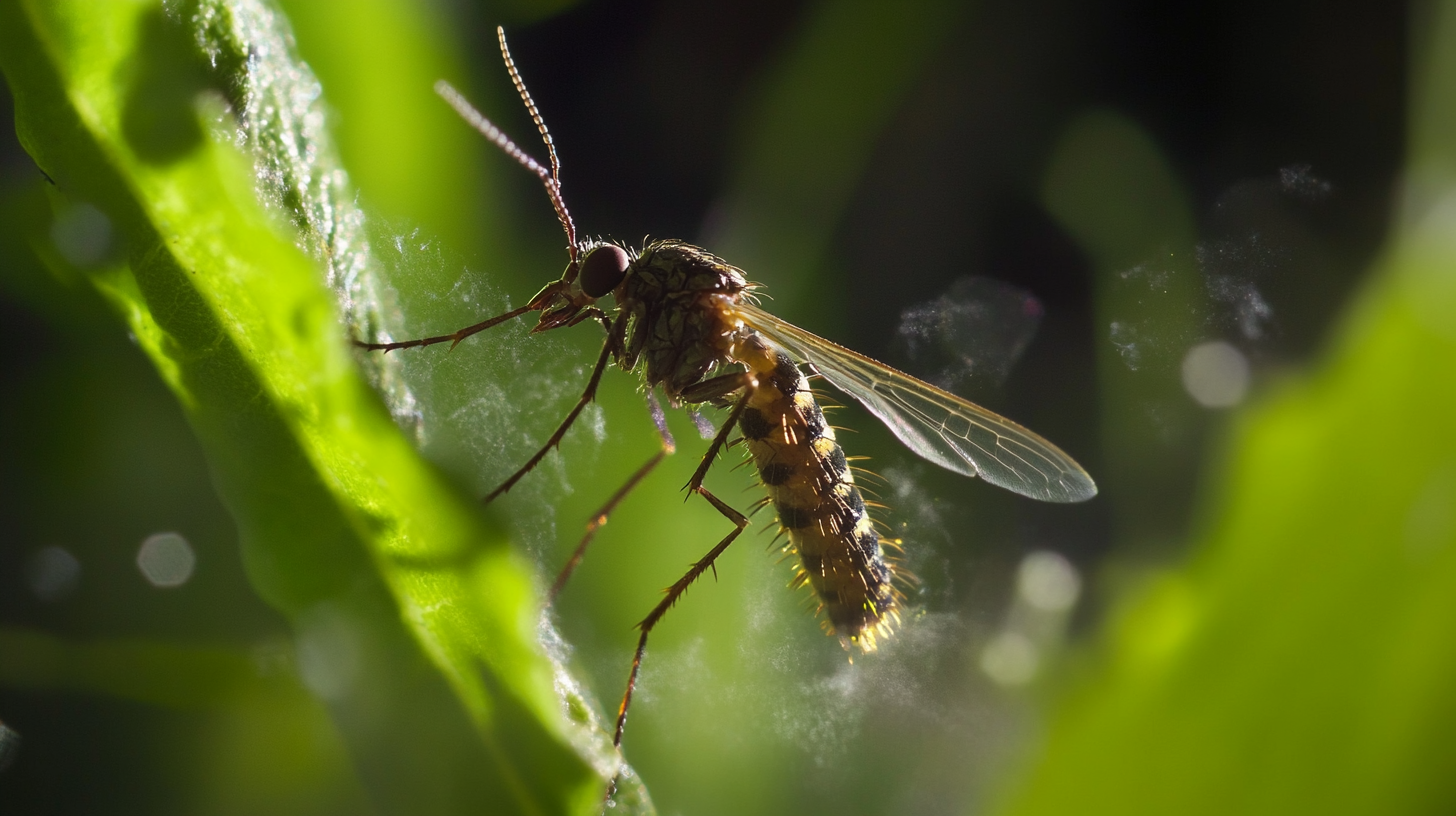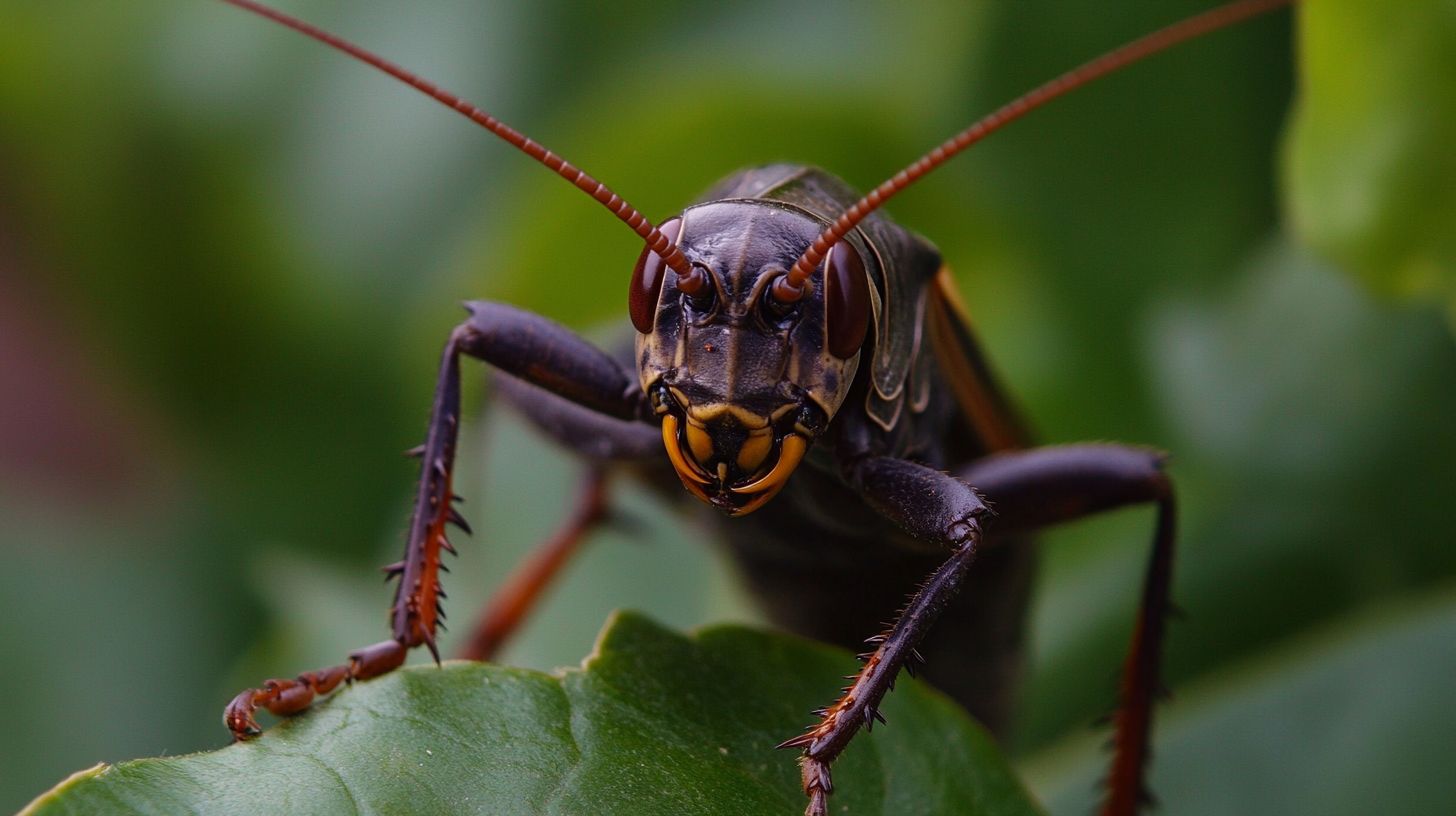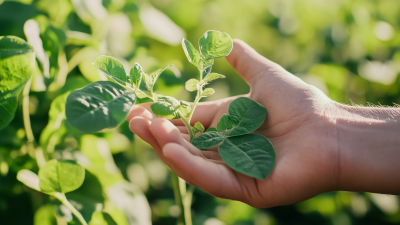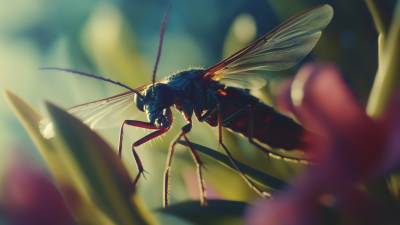 0551-68500918
0551-68500918 





You know, the world of farming is really changing all the time, and it's becoming super important to use Effective Insecticides if we want to boost crop yields and keep our food supply secure. A recent report from MarketsandMarkets mentioned that the global pesticide market could hit around 99.7 billion bucks by 2025! That’s a compound annual growth rate of about 3.5% since 2020. One of the big challenges we’re facing is that pests are getting tougher, building up resistance to the usual insecticides we’ve relied on for ages. That’s why companies like Innovation Meiland in Hefei are really ramping up their research and product development to come up with new and better pesticide options. This shift highlights just how critical it is to have solid industry standards in place—not just for safety and effectiveness, but also to pave the way for more sustainable practices. As we look ahead to the trends for 2025 and check out effective alternatives, it’s super important to figure out how to pick the right insecticide for different farming needs.

When selecting an insecticide, compliance with industry standards is crucial for ensuring both safety and effectiveness. These standards are established by regulatory bodies to provide guidelines that manufacturers must follow, which helps guarantee that the products are not only potent against pests but also safe for human health and the environment. By adhering to these standards, companies demonstrate their commitment to quality control and responsible formulation, thus instilling confidence in consumers when they make purchasing decisions.
Understanding these standards can significantly influence your choice of insecticide. For instance, efficacy, toxicity levels, and application methods are all components governed by regulatory guidelines. A product that meets safety standards indicates it has undergone rigorous testing and evaluation, reducing the risk of harmful side effects when used as directed. Furthermore, adhering to these guidelines ensures that the insecticide will not adversely affect beneficial insects or disrupt the ecosystem, which is an essential consideration for sustainable pest management. Always look for labels that indicate compliance with established industry standards to make informed choices that align with your pest control needs.

When selecting an effective insecticide, it’s crucial to understand its key characteristics, which contribute significantly to its efficacy and overall performance. First and foremost, an ideal insecticide should target specific pests while having minimal impact on beneficial insects and the environment. Recent advancements in biopesticides highlight the use of fermented dsRNA from yeast, which enhances the stability and effectiveness of RNA-based pesticides. These innovative approaches not only improve pest control but also align with the growing need for sustainable agricultural practices.
Another essential characteristic to consider is the mechanism of action. Understanding how an insecticide interacts with pest physiology can help in addressing issues such as resistance. For instance, researchers have discovered unique components within insect exoskeletons that could serve as targets for novel, eco-friendly pesticides. By focusing on specific elements that pests rely on for defense and detoxification, scientists are paving the way for more effective and sustainable solutions. This research can significantly contribute to the development of strategies that ensure longevity in pest control while safeguarding ecosystems.
In 2023,the Insecticide Market has witnessed significant advances, driven by rigorous standards and data-driven insights into efficacy. According to a recent report from theInternational Pesticide Application Research Institute, the efficacy ratings of top insecticides have been meticulously evaluated, highlighting that formulations based on active ingredients like imidacloprid and spinosad showed over 90% effectiveness against common pests such as aphids and caterpillars. These findings empower both commercial growers and home gardeners to make informed choices, ensuring they select the most effective products tailored to their specific pest control needs.
At Innovation Meiland (Hefei) Co., LTD., our commitment to pioneering research and development in pesticide innovation aligns with these industry standards. Our team is dedicated to creating new formulations that not only meet regulatory expectations but also enhance efficacy and safety. As highlighted in the latest industry data, products with novel mechanisms of action, like our recently developed hybrid formulations, are gaining traction for their multi-target efficacy and reduced environmental impact. By focusing on evidence-based innovations, Meiland is poised to lead the way in enhancing pest management strategies across diverse agricultural sectors.
When it comes to choosing the most effective insecticide, understanding the active ingredients is crucial. Active ingredients are the components that specifically target pests and contribute to the insecticide's overall efficacy. They range from synthetic chemicals to natural extracts, each with its own mode of action and environmental impact. By examining these ingredients, users can make informed decisions that align with their specific pest control needs while considering safety and sustainability.
At Innovation Meiland (Hefei) Co., LTD., we prioritize research and development to innovate new pesticide formulations that maximize effectiveness and minimize harm. Our commitment to developing cutting-edge products is guided by a thorough understanding of active ingredients and their interactions with both pests and the environment. As we advance in our formulations, we ensure that our insecticides remain compliant with industry standards while meeting the diverse demands of our customers. Ultimately, choosing the right insecticide involves scrutinizing the active ingredients to ensure they not only address pest issues but also promote a healthier ecosystem.
When selecting an effective insecticide, it’s crucial to consider its environmental impact, as the safety of these chemicals plays a significant role in maintaining ecosystem health. Many pest control products contain active ingredients that can harm beneficial insects, such as pollinators and predators, which are vital to biodiversity. Understanding the potential side effects of different insecticides on non-target species helps consumers make informed choices that contribute to a safer environment.
In addition to looking at the direct effects on wildlife, evaluating the persistence of an insecticide in the environment is essential. Products that break down quickly are often less harmful to ecosystems compared to those that remain in soil and water for extended periods. Opting for insecticides with lower toxicity and minimal environmental residues not only protects local flora and fauna but also promotes sustainable agricultural practices. By prioritizing ecological safety, individuals and professionals alike can support the health of their environments while effectively managing pest populations.
This bar chart illustrates the effectiveness of various insecticides against key agricultural pests. The data reflects efficacy ratings based on laboratory studies measuring pest mortality over a defined period, indicating their potential environmental impact.
Consumer preferences play a pivotal role in shaping the development and standards of insecticides. As awareness of environmental issues rises, many consumers are opting for products that not only weed out unwanted pests but also minimize harm to beneficial insects and ecosystems. This shift is evident in the growing popularity of organic and natural insecticides, which appeal to a market increasingly concerned with sustainability. Consequently, manufacturers are evolving their formulations and adopting practices that align with eco-friendly trends, while still ensuring effectiveness.  Additionally, user preferences are driving innovation in packaging and application methods. Convenience has become paramount, with many consumers seeking easy-to-use products that fit into their busy lifestyles. Features such as pre-measured doses, spray-ready formats, and user-friendly labels enhance the consumer experience. In response, companies are investing in research and development to create insecticides that not only combat pests effectively but also cater to the expectations of today’s environmentally conscious consumers. This dynamic interplay between consumer demand and industry standards continues to set the stage for the future of pest control solutions.
Additionally, user preferences are driving innovation in packaging and application methods. Convenience has become paramount, with many consumers seeking easy-to-use products that fit into their busy lifestyles. Features such as pre-measured doses, spray-ready formats, and user-friendly labels enhance the consumer experience. In response, companies are investing in research and development to create insecticides that not only combat pests effectively but also cater to the expectations of today’s environmentally conscious consumers. This dynamic interplay between consumer demand and industry standards continues to set the stage for the future of pest control solutions.
: Compliance with industry standards is crucial for ensuring both safety and effectiveness of insecticides. These standards help ensure that products are potent against pests while being safe for human health and the environment.
Industry standards indicate that products have undergone rigorous testing and evaluation, ensuring they are effective against pests and reducing the risk of harmful side effects when used correctly.
Active ingredients are the components that specifically target pests, and understanding them allows users to make informed decisions that meet their pest control needs while considering safety and sustainability.
Consumer preferences significantly shape the development of insecticides, leading manufacturers to create products that not only eliminate pests but also minimize harm to beneficial insects and ecosystems.
There is a growing preference for organic and natural insecticides due to rising environmental awareness, prompting manufacturers to evolve their products to align with eco-friendly trends.
Companies are innovating packaging and application methods by introducing features like pre-measured doses and user-friendly labels to cater to consumers' busy lifestyles.
Consumers should look for labels that indicate compliance with industry standards to make informed choices that align with their pest control needs.
By scrutinizing active ingredients that promote effectiveness while minimizing environmental impact, users can select insecticides that contribute to a healthier ecosystem.
Manufacturers are investing in R&D to innovate new pesticide formulations that maximize effectiveness, minimize harm, and comply with evolving industry standards driven by consumer demand.
The evolving consumer preferences towards sustainability and convenience are driving innovation in insecticide formulations and packaging, ultimately shaping industry standards and practices.







